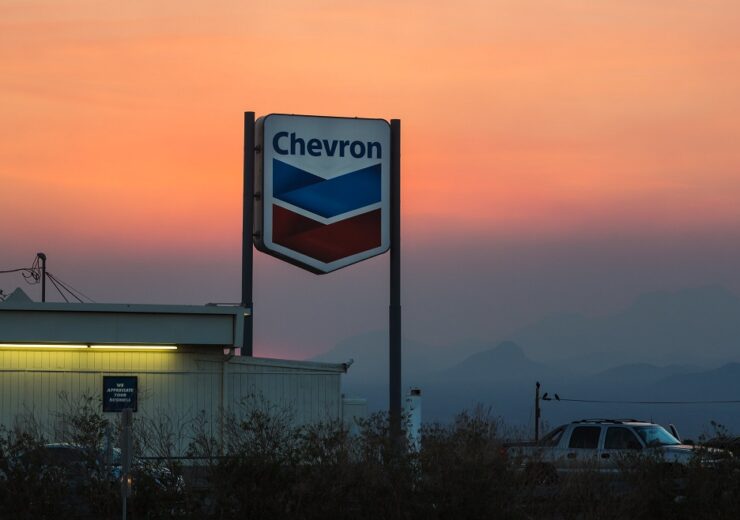Chevron, Exxon and ConocoPhillips have all posted big losses as the US oil majors grapple with the effects of coronavirus on the global industry

Chevron posted an $8.3bn loss as it took price-related impairment charges and wrote of its entire Venezuelan portfolio (Credit: Flickr/Tony Webster)
US oil majors have revealed the stunning cost of this year’s oil market collapse, with Chevron, ExxonMobil and ConocoPhillips posting billions of dollars in losses in the second quarter of 2020, driven by low commodity prices and impairment charges.
Chevron today (31 July) reported an $8.3bn loss for the period, far wider than analyst predictions and the worst performance in decades, while Exxon posted a $1.1bn loss, the deepest in its history.
Yesterday, ConocoPhillips had kicked off the announcements by revealing a $994m loss for the second three months of the year, compared to earnings of $1.1bn a year ago.
The onset of coronavirus since the start of 2020 has wreaked havoc on the oil industry, due to a sharp fall in demand amid lockdown restrictions and plummeting prices resulting from a global commodity surplus.
Measures were taken by the Opec+ alliance of oil-exporting countries to curb global production, joined in their efforts by market-led output cuts from companies in the US and Canada.
While key benchmark prices have now stabilised at around $40-45 per barrel following huge drops in March and April, they are still well below pre-pandemic levels of between $60-$70 per barrel.
Earlier this week, the US oil majors’ European rivals Shell and Total narrowly avoided taking underlying losses thanks to the strength of their oil trading arms, although confirmed combined impairment charges of $25bn that were not factored into the second-quarter earnings. BP is expected to publish its results next week.
Chevron fares worst of US oil majors, taking $5.2bn in impairment charges
California-headquartered Chevron’s $8.3bn loss compares to a $4.3bn profit in the second quarter of 2019.
It includes a series of impairment charges reflecting the writedown of all its Venezuelan assets, a revised price outlook adjusting to the low-price environment and severance payments. Taken together these charges totalled $5.2bn.
Company CEO Michael Wirth warned the “unique challenges” of the past few months are not over, and that financial results may continue to be depressed in the third quarter.
“Given the uncertainties associated with economic recovery, and ample oil and gas supplies, we made a downward revision to our commodity price outlook, which resulted in asset impairments and other charges,” he added.
Revenue during the period fell 55% year-on-year to $16bn, compared to $36bn a year ago.
Exxon seeking to reduce costs further after consecutive quarterly losses
Texas major Exxon posted the worst quarterly results in its modern history, with a $1.1bn loss comparing to $3.3bn in earnings during the same period of 2019 and build upon a $610m loss in the first quarter of the year.
“The global pandemic and oversupply conditions significantly impacted our second-quarter financial results with lower prices, margins, and sales volumes,” said chairman and CEO Darren Woods.
“We have increased debt to a level we feel is appropriate to provide liquidity, given market uncertainties. Based on current projections, we do not plan to take on any additional debt.”
Production was down 7% on the previous year to 3.6 million barrels of oil equivalent per day as a result of the global efforts made to limit the flow of commodities into oversupplied inventories and demand-sapped markets.
The difficulties faced by its upstream business amid these curtailments pushed the business unit to a $1.7bn loss, compared to a profit of 3.3bn last year.
Exxon said it has identified “significant potential” to make additional cost reductions, and will provide details of these in due course. It has already signalled an intention to cut capital spending plans by 30% this year, and confirmed it is currently on track to “meet or exceed” these targets.
